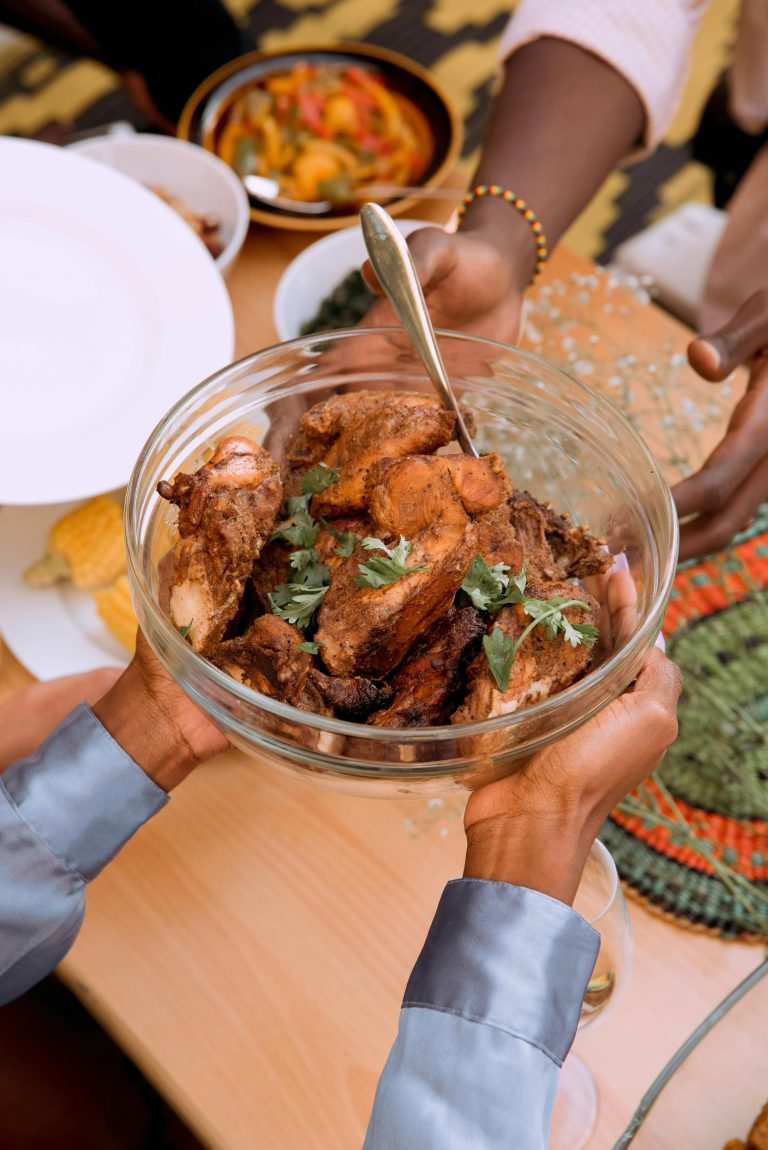From the smoky kitchens of West Africa to the bustling streets of the Caribbean and the soul food tables of the American South, Africa’s culinary influence is as deep and flavourful as its roots. Many of the world’s favourite dishes carry the fingerprints of African heritage, shaped by migration, trade, and the resilience of culture through centuries of change. These meals tell stories of adaptation, survival, and celebration, served with spice, soul, and history on every plate.
1. South Africa: Bobotie
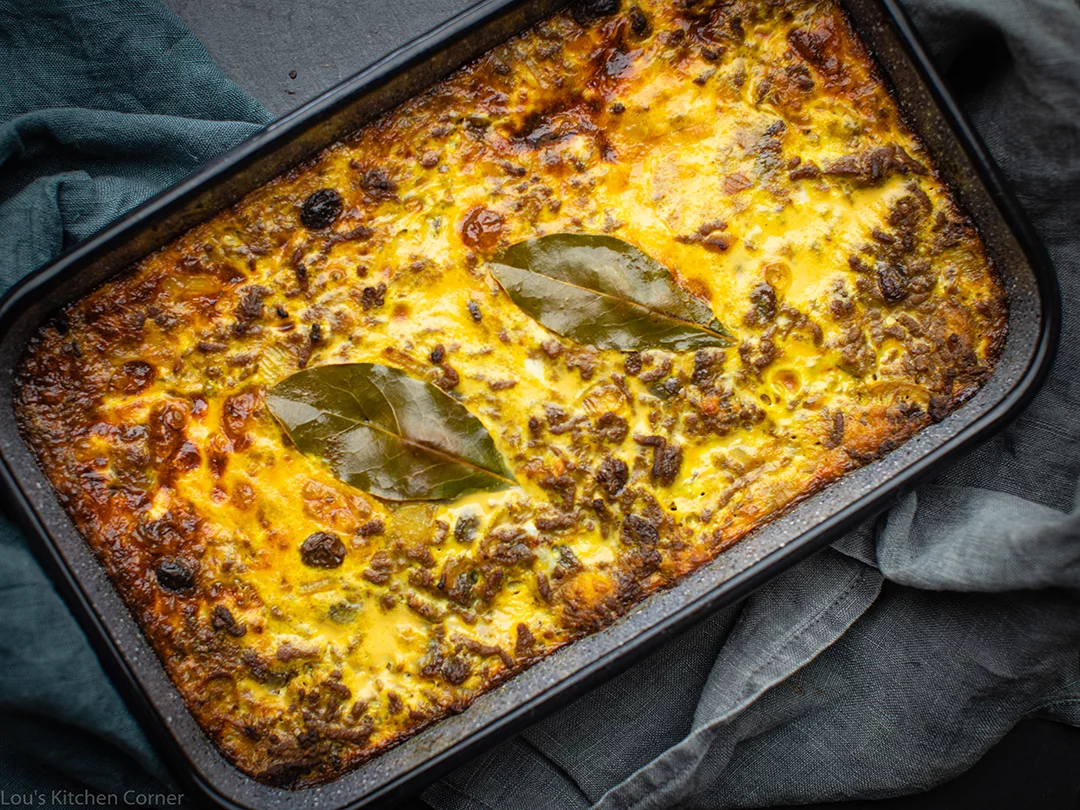
Often cited as a Cape Dutch creation, bobotie’s roots run deeper. Enslaved Malays brought to the Cape by Dutch colonisers blended their spice-rich cooking with local ingredients and European techniques. The result: a sweet-savoury baked dish made with spiced minced meat, raisins, and an egg custard topping. It’s South Africa’s answer to shepherd’s pie — but with a flavour profile uniquely shaped by African and Asian influences.
2. Tunisia: Harissa paste
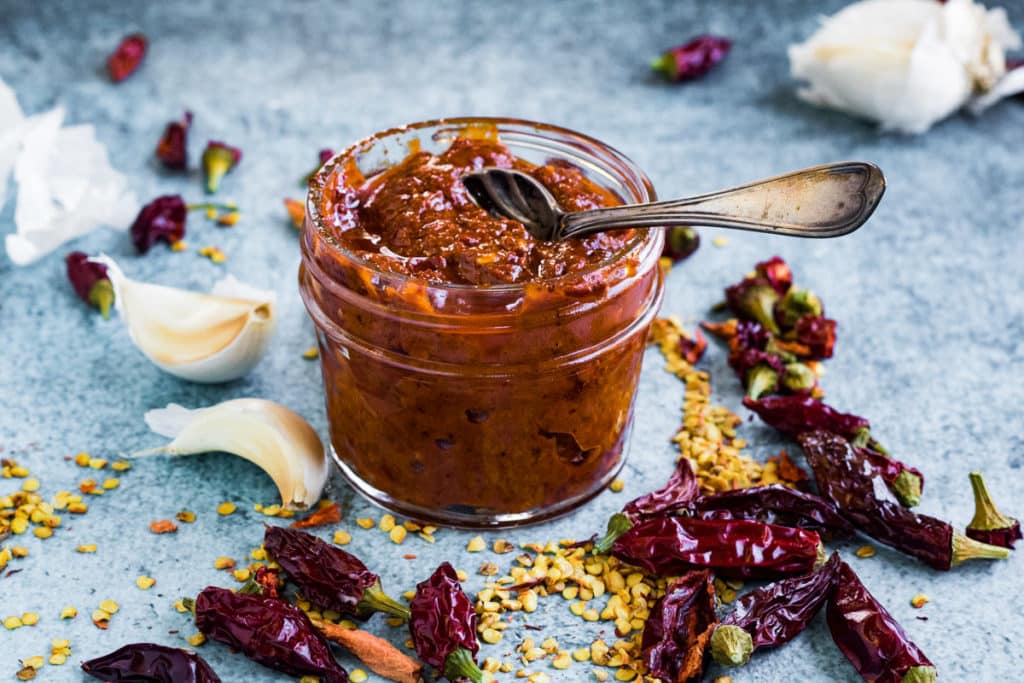
Now, a darling of fusion menus and home cooks, harissa is a hot chilli paste that was born in Tunisia. Made from sun-dried peppers, garlic, cumin, and coriander, it’s traditionally used to spice up couscous, meats, and stews. While its fame has spread to Europe, North America, and the Middle East, harissa remains a proud North African staple — a reminder that some of the boldest global flavours start on African soil.
3. Horn of Africa: Injera & Teff
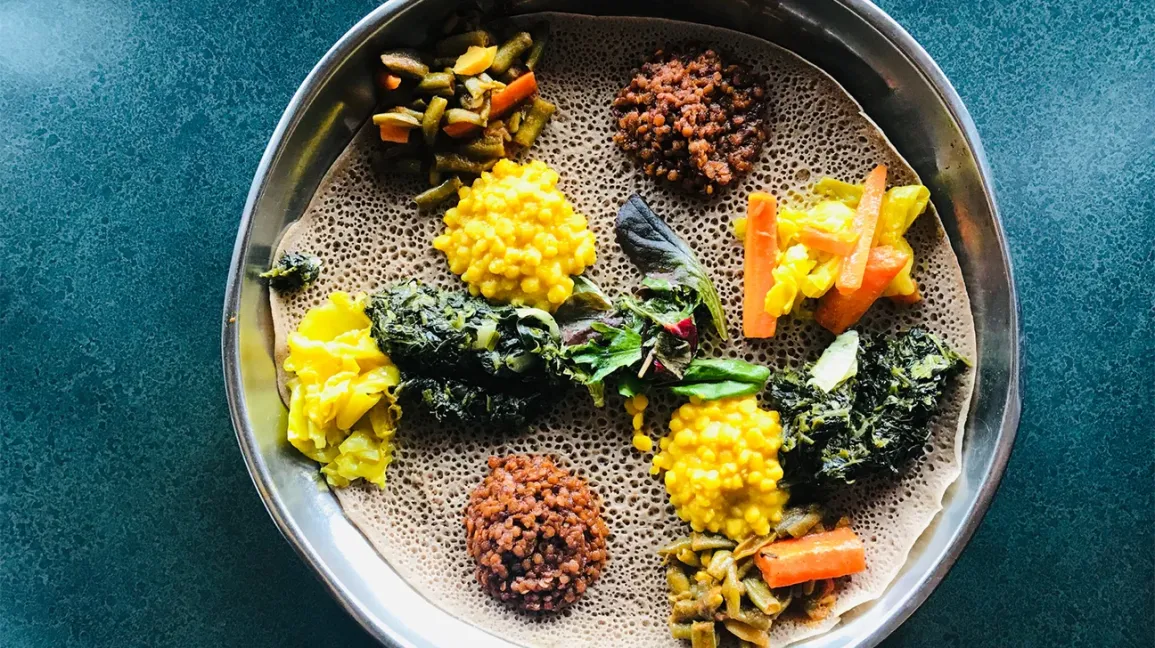
Injera, the spongy, slightly sour flatbread made from teff flour, is the heart of Ethiopian and Eritrean cuisine. Teff, a grain native to Ethiopia, is a nutritional powerhouse and the base of a communal eating culture. Today, injera is increasingly found in diaspora restaurants around the world. Its distinctive texture and role as both plate and utensil speak to an ancient, sustainable culinary tradition making waves far beyond the Horn of Africa.
4. North Africa & France: Cous cous
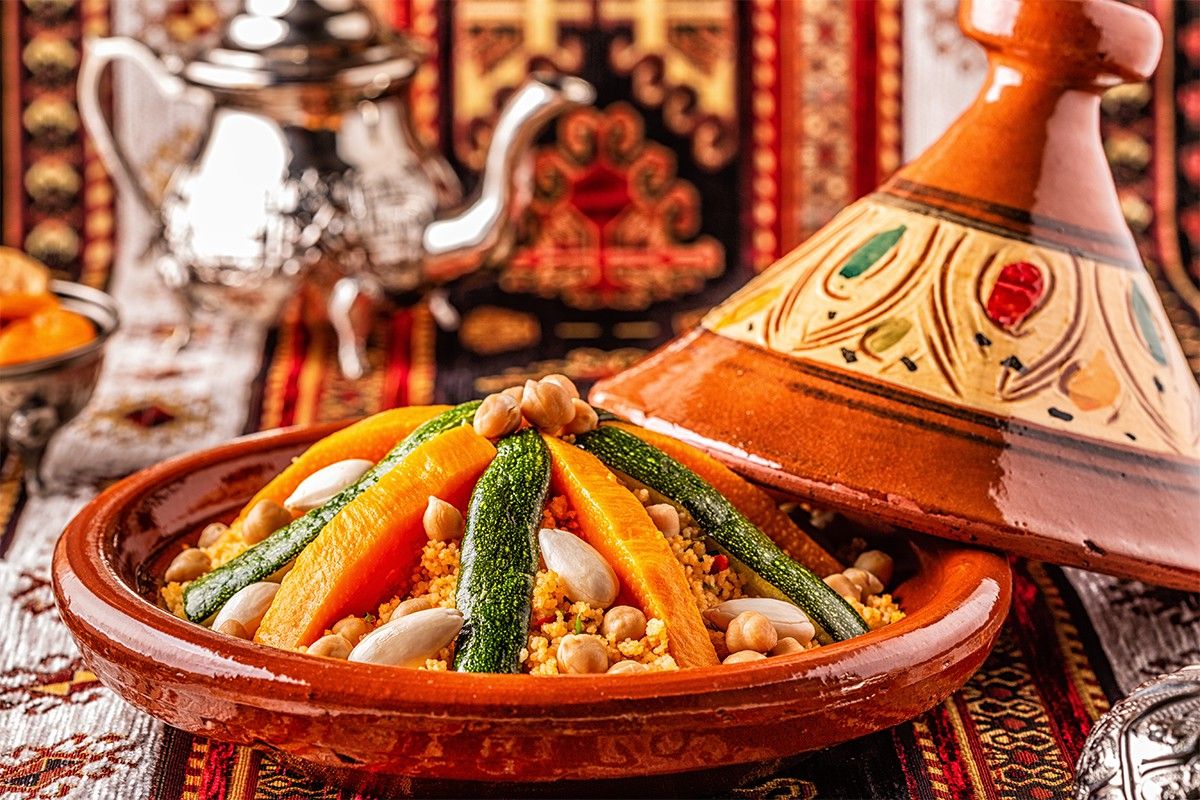
Though commonly served in French restaurants, couscous is firmly rooted in Berber culture and has been a North African staple for centuries. Traditionally hand-rolled from semolina wheat, steamed to perfection and served with meat and vegetables, couscous is a testament to the culinary sophistication of pre-colonial North Africa. Its widespread European appeal tells a story of migration, colonial entanglement, and cultural exchange.
5. West Africa & Global Diaspora: Maafe
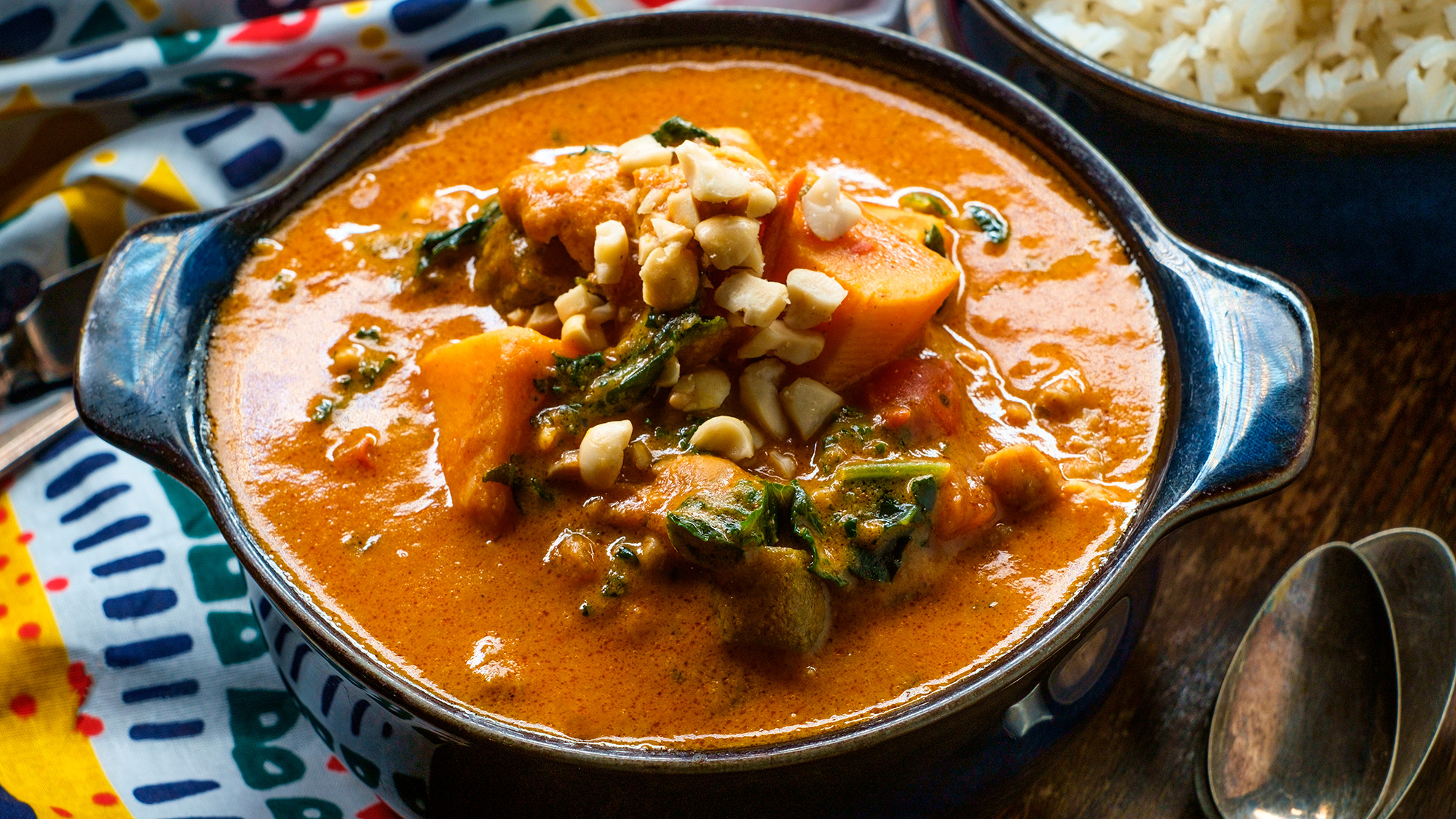
Originating in Senegal and Mali, maafe — also called groundnut stew — is rich, spicy and comforting. Made with peanuts (an African native crop), tomatoes, and meat or fish, it spread across West Africa and was carried to the Americas, where variations appear in Caribbean and Southern U.S. cuisine. Its adaptability and nutritional value made it a vital dish in African and diasporic kitchens alike.
6. Brazil: Acarajè
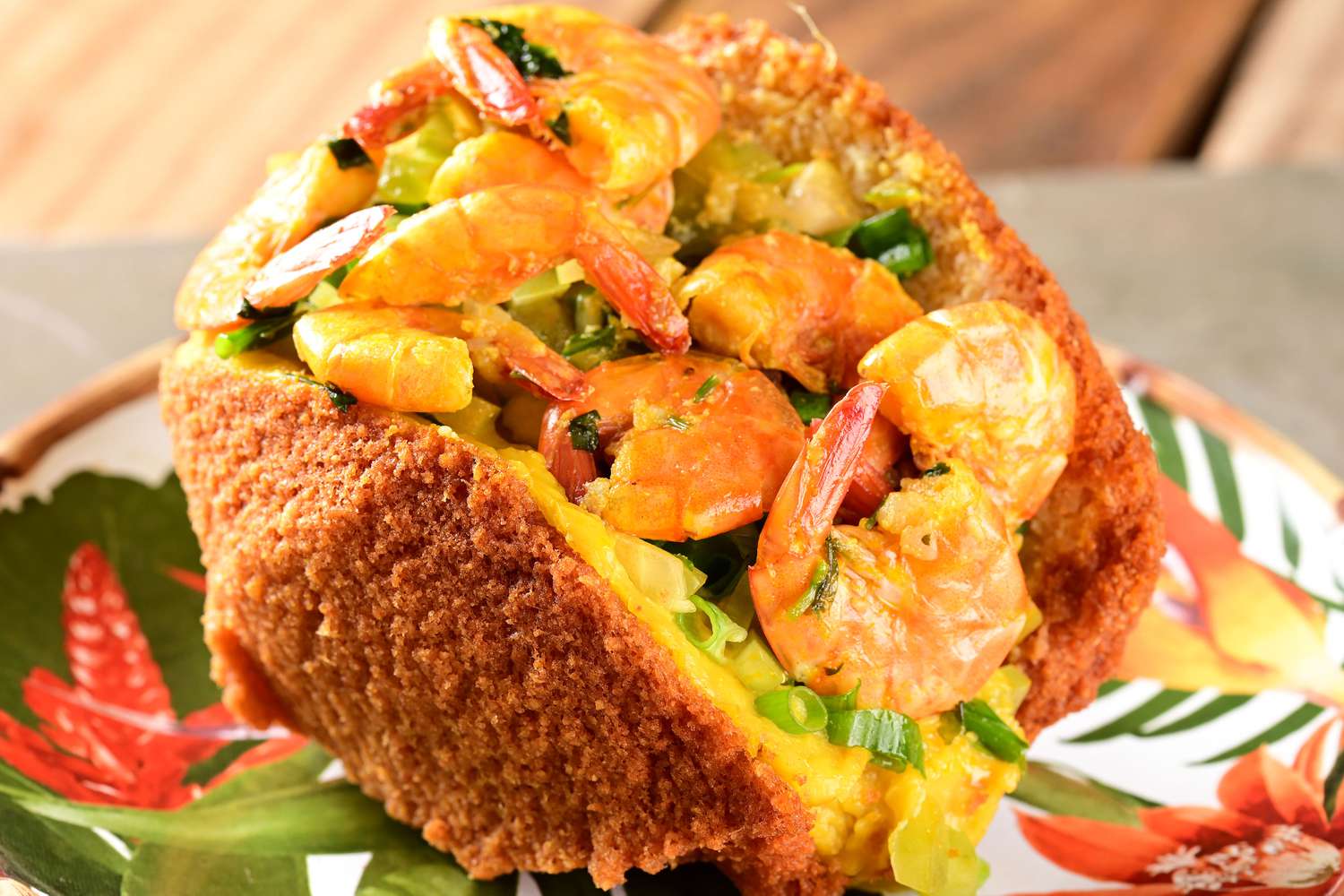
What Nigerians know as akara — fluffy, deep-fried black-eyed pea fritters — took on new life in Brazil as acarajé. Brought by Yoruba enslaved women, this dish became not only a street food but a sacred offering in Afro-Brazilian religious practices like Candomblé. Sold on the streets of Salvador by baianas, acarajé is a delicious symbol of resistance, spiritual continuity, and cultural pride.
7. USA: Gumbo

The word gumbo likely comes from ki ngombo, the Bantu word for okra, a plant native to Africa and central to West African stews. These slow-simmered, thick soups made their way to the American South with enslaved Africans. There, they merged with French, Spanish, and Native American influences to become a cornerstone of Creole cuisine. Whether thickened with okra or filé powder, gumbo carries the soul of a continent in every spoonful.
8. USA: Jambalaya

This beloved Southern dish has long been linked to the Spanish paella, but its flavourful foundation owes much more to West African jollof rice. Enslaved Africans in Louisiana reimagined their one-pot rice dishes using local ingredients, like smoked sausage and seafood, to create something new yet deeply familiar. The layering of spices, vegetables, and proteins mirrors the jollof tradition — a culinary lineage that continues to feed and unite communities today.
Ingredients Africa shared with the world
- Okra: Native to West Africa, it’s now key in gumbo, Indian curries, and Middle Eastern stews.
- Teff: An ancient grain from Ethiopia, gaining global attention as a gluten-free superfood.
- Black-eyed peas: From West Africa to Southern soul food.
- Sorghum & millet: Traditional grains now used in beer, porridge, and gluten-free products.
- Fonio: A tiny grain from the Sahel making big waves as a climate-resilient crop.
Africa’s flavours have long transcended borders, oceans, and generations. Carried through displacement, diaspora, and cultural exchange, African cuisine has evolved and endured, leaving a lasting imprint on dishes far from their roots. Today, travellers and food lovers are rediscovering this rich legacy, one bite at a time.
Also See: Hungry for change? New app helps you eat well and waste less.
Hungry for change? New app helps you eat well and waste less.
This article was originally written and published on Getaway by Lee-Ann Steyn

